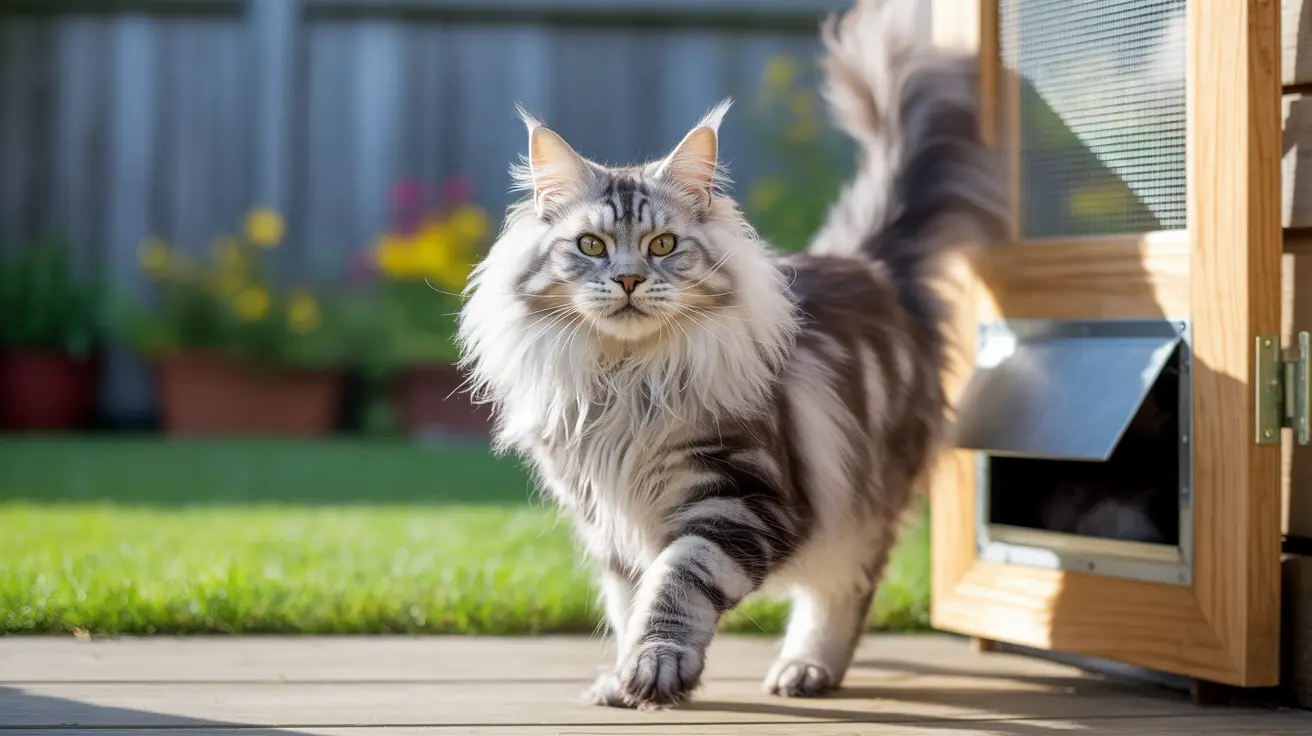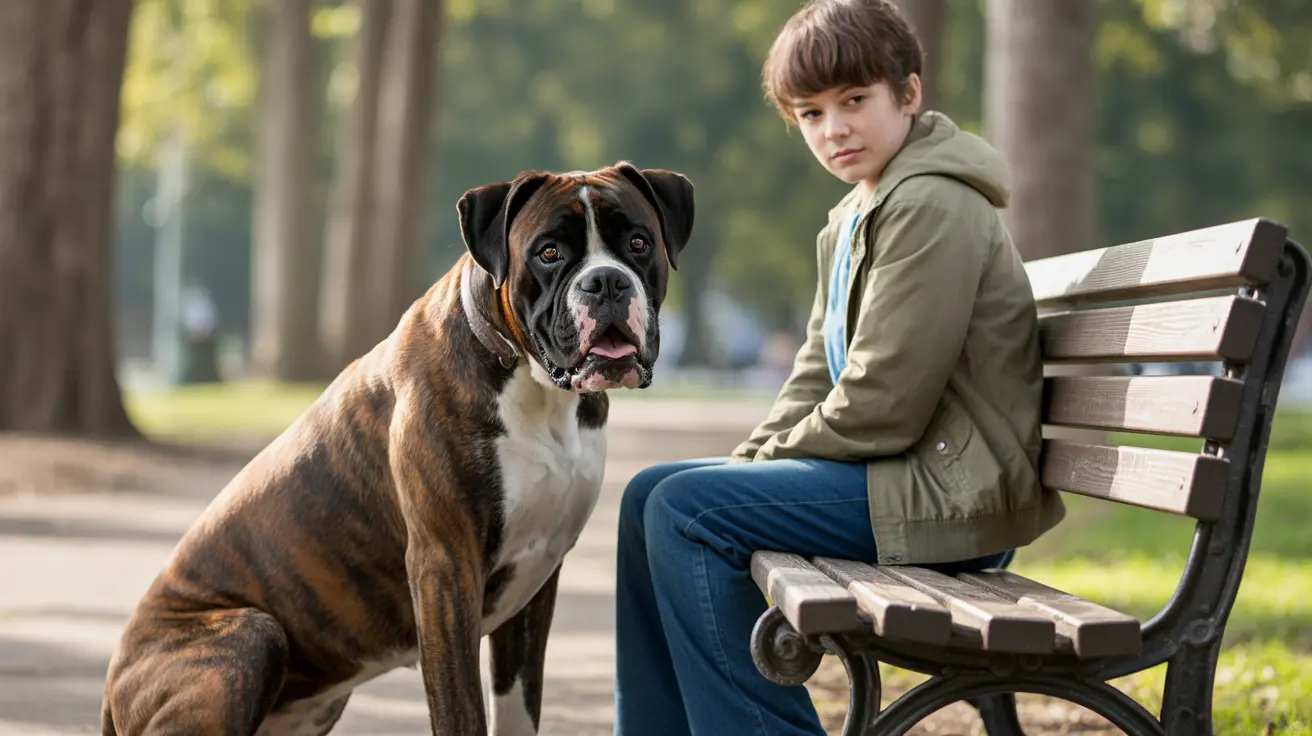When you spot a fox in the wild, its graceful movements and stealthy hunting style might remind you of a cat, while its pointed muzzle and bushy tail seem distinctly dog-like. This fascinating mix of characteristics often leads people to wonder: are foxes closer to dogs or cats? Let's dive into the scientific evidence to uncover the true nature of these remarkable creatures.
The answer lies in evolutionary biology and taxonomy: foxes are definitively members of the Canidae family, making them closer relatives to dogs than cats. However, their unique adaptations and behaviors create an intriguing blend of characteristics that blur the traditional lines between what we consider "dog-like" and "cat-like" traits.
The Evolutionary Connection: Why Foxes Are Actually Dogs
The scientific classification is clear: foxes belong to the family Canidae, alongside wolves, domestic dogs, coyotes, and jackals. This family split from cat-like carnivores (Feliformia) approximately 42 million years ago, establishing a distinct evolutionary path that makes foxes true canines, despite their sometimes feline appearance.
Within the Canidae family, foxes represent their own unique branch, having diverged from wolves and other canids millions of years ago. This early separation allowed them to develop specialized adaptations while maintaining their fundamental canine characteristics.
Cat-Like Features: A Result of Convergent Evolution
Many of the fox's seemingly feline traits are actually examples of convergent evolution - where different species develop similar features independently due to facing similar environmental challenges. Key cat-like characteristics include:
- Vertical pupils for enhanced night vision
- Sensitive whiskers for spatial awareness
- Agile, stealthy hunting techniques
- Tree-climbing abilities
- Partially retractable claws in some species
Core Canine Characteristics of Foxes
Despite their cat-like features, foxes retain numerous dog family traits that confirm their canine heritage:
- Elongated muzzle typical of canids
- Advanced olfactory system
- Large, mobile ears
- Omnivorous dietary flexibility
- Canid dental structure
Hunting and Behavior: A Unique Blend
Fox hunting behavior represents an fascinating mixture of canine and feline strategies. Like cats, they employ a solitary, stalk-and-pounce approach, using their acute hearing to detect prey from impressive distances - they can hear a mouse squeak from over 100 yards away. However, their scent-tracking abilities and opportunistic feeding habits are distinctly canine.
The Domestication Factor
Unlike their dog cousins, foxes have remained largely wild animals throughout human history. While there have been some experiments with fox domestication, particularly the famous Russian silver fox experiment, they generally retain their wild instincts and are challenging to keep as pets. This resistance to domestication stands in stark contrast to both dogs and cats.
Frequently Asked Questions
Are foxes more closely related to dogs or cats in terms of evolution and taxonomy?
Foxes are definitively more closely related to dogs, belonging to the Canidae (dog) family. They shared a common ancestor with cats over 42 million years ago but have been evolving alongside other canids ever since.
Why do foxes share some cat-like traits if they belong to the dog family?
These shared traits are the result of convergent evolution, where similar environmental pressures led to the development of similar features independently. Foxes evolved these traits to succeed in their ecological niche, which happens to be similar to that of small wild cats.
What are the main anatomical and behavioral differences between foxes and domestic dogs?
Key differences include foxes' vertical pupils, partially retractable claws in some species, more digitigrade (toe-walking) posture, and solitary hunting style. Domestic dogs typically have round pupils, non-retractable claws, and are more social.
Can foxes be domesticated or kept as pets like dogs and cats?
While foxes can be kept as pets in some jurisdictions, they are significantly more difficult to domesticate than dogs or cats. They retain strong wild instincts, are challenging to housebreak, and require specialized care and environments.
How do foxes' hunting methods compare to those of cats and dogs?
Foxes hunt more like cats, using a solitary stalk-and-pounce technique, while dogs typically hunt in packs using endurance and cooperation. However, foxes use their keen sense of smell like dogs when tracking prey.
Understanding foxes' unique position between our familiar concepts of "cat" and "dog" helps us appreciate their remarkable adaptations and evolutionary success. While they are firmly members of the dog family, their distinctive blend of characteristics makes them fascinating creatures worthy of study and admiration.






